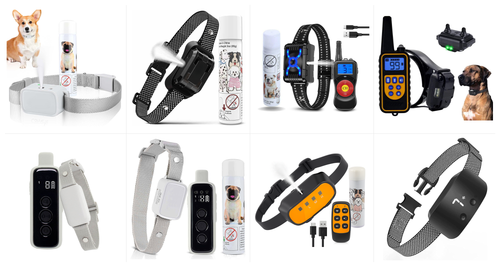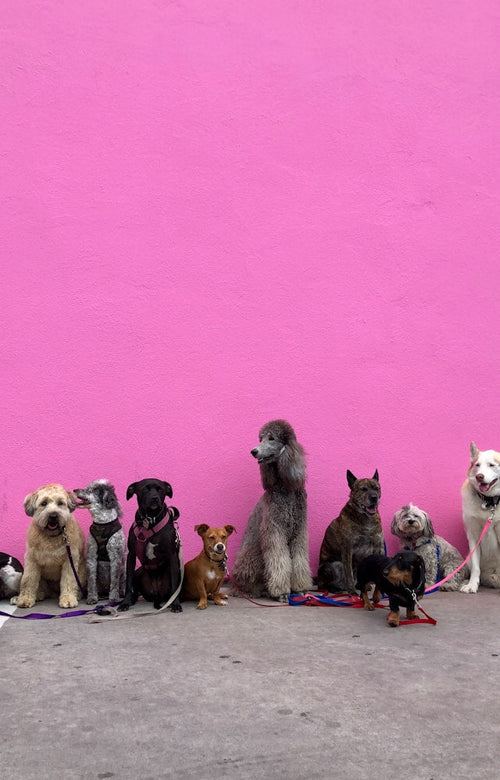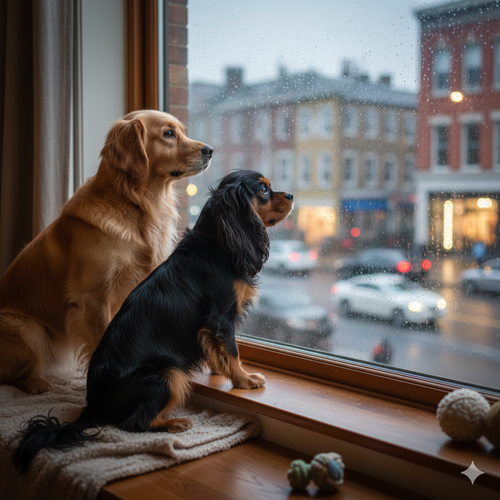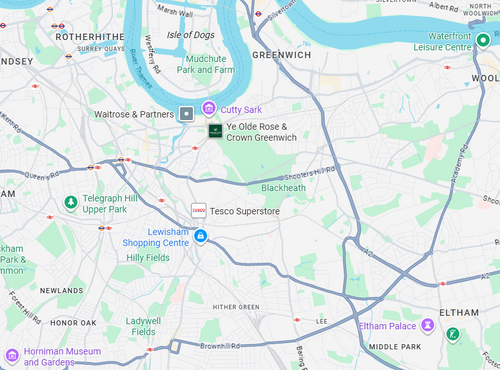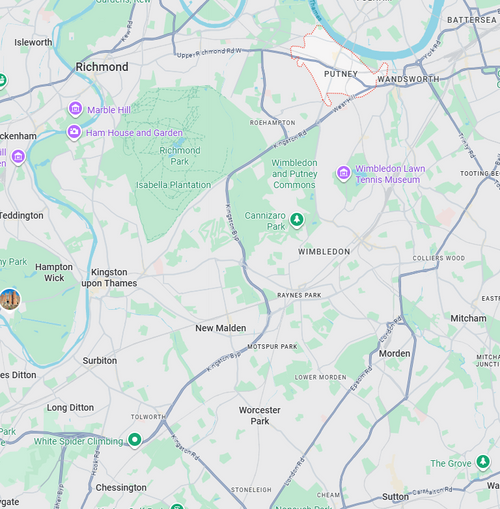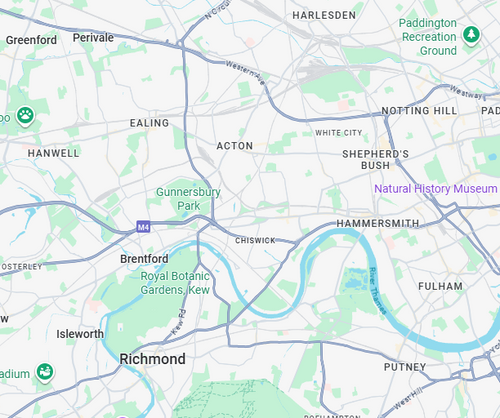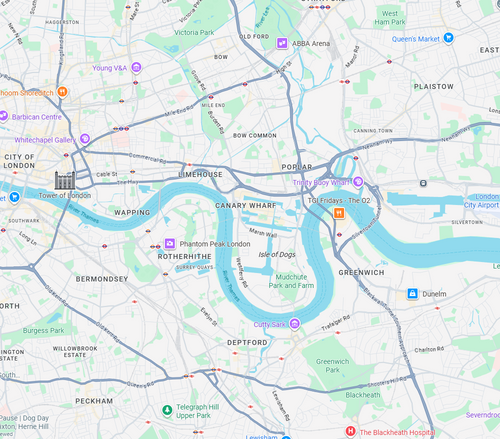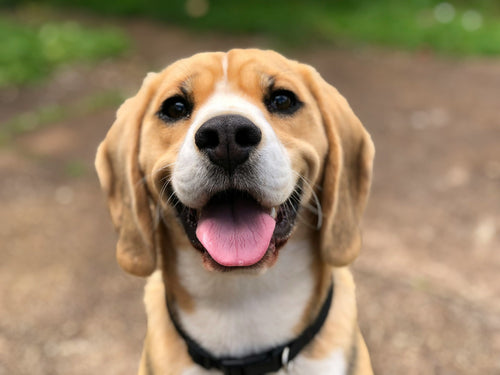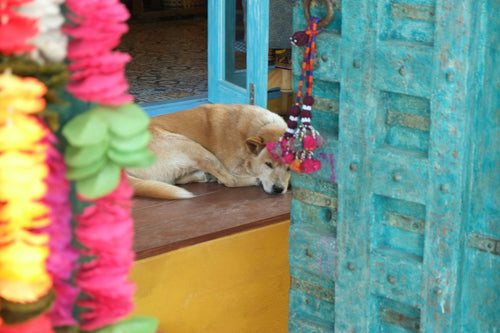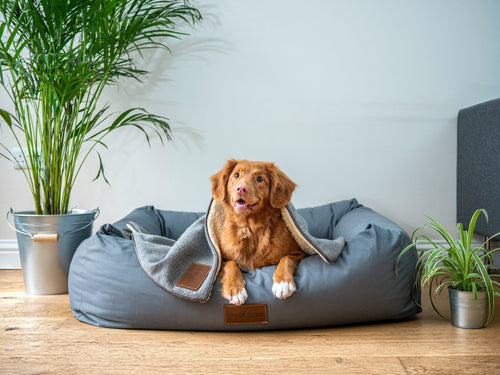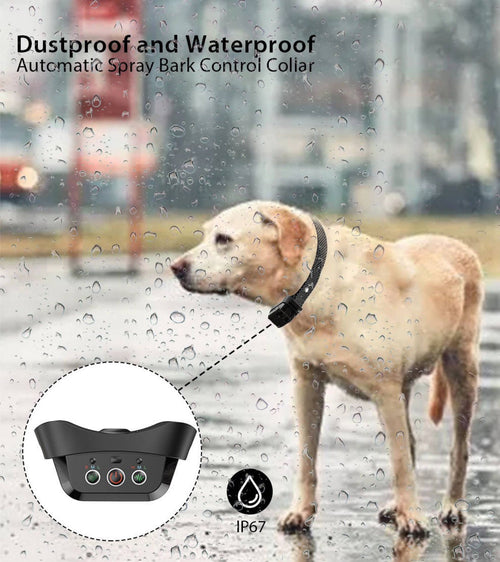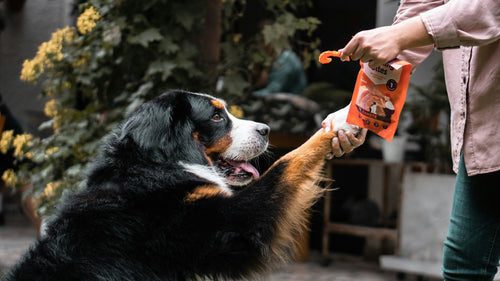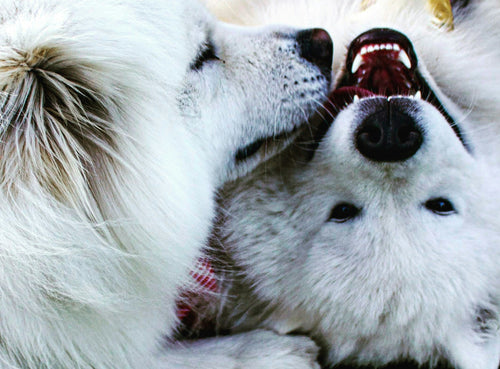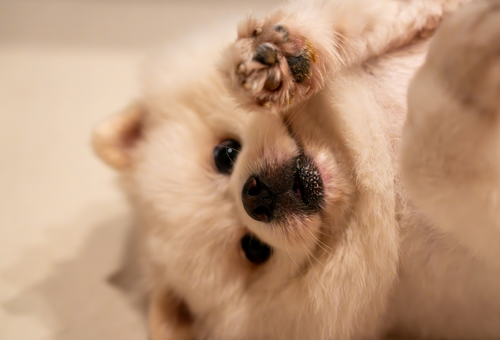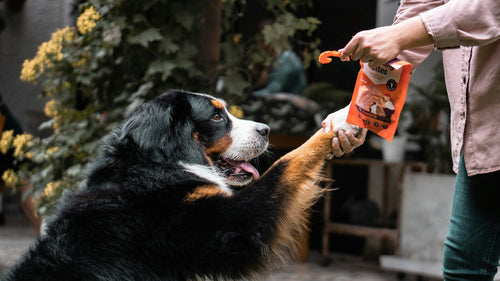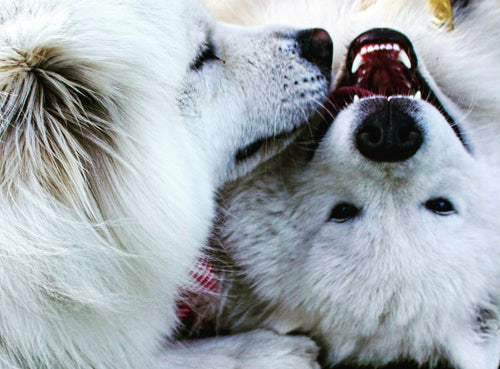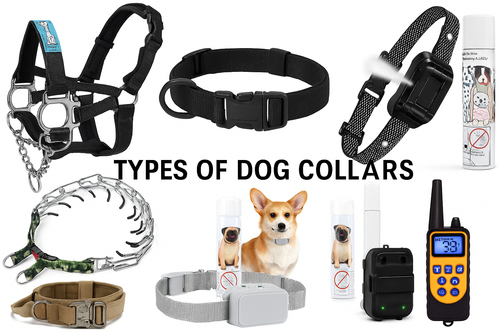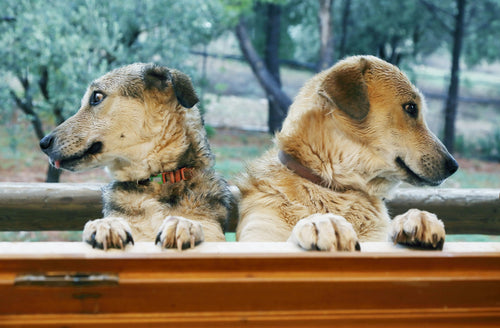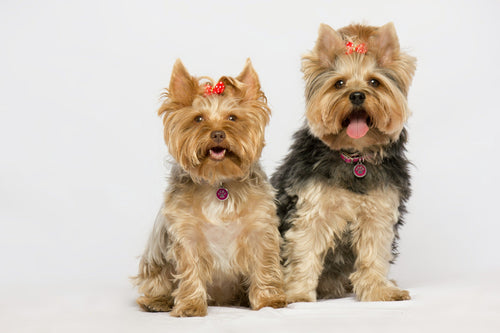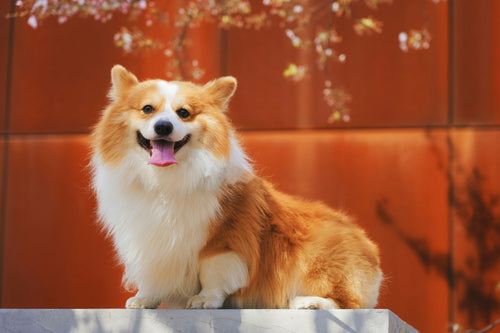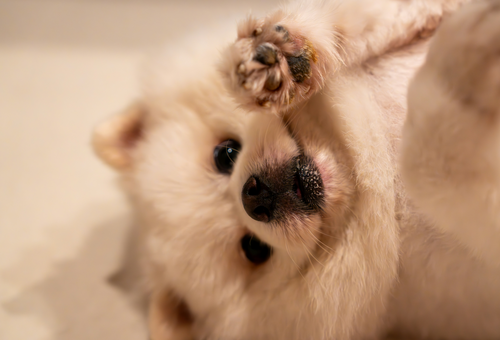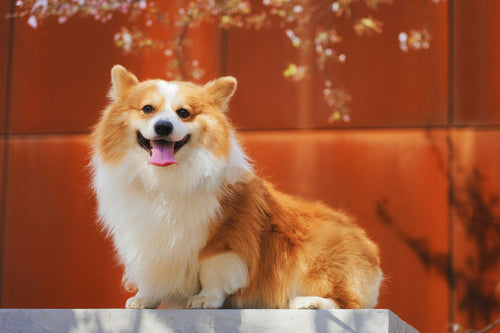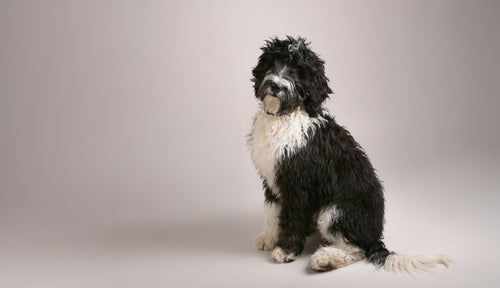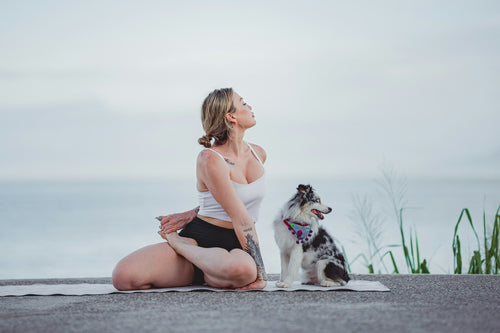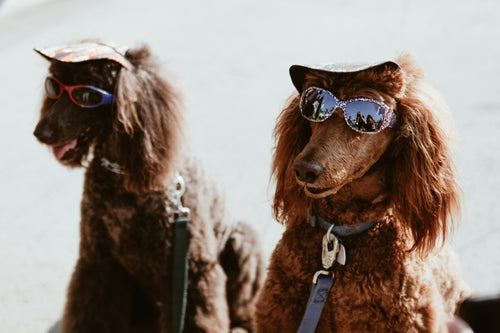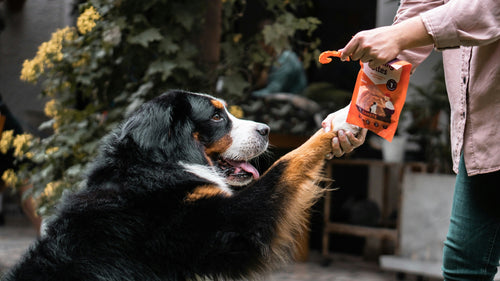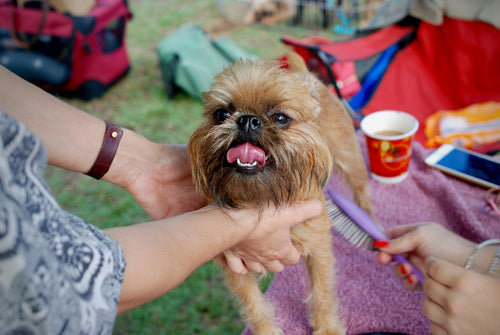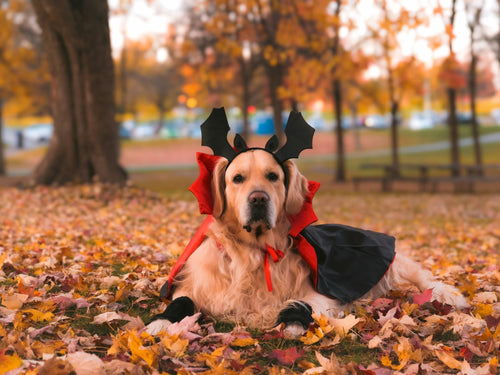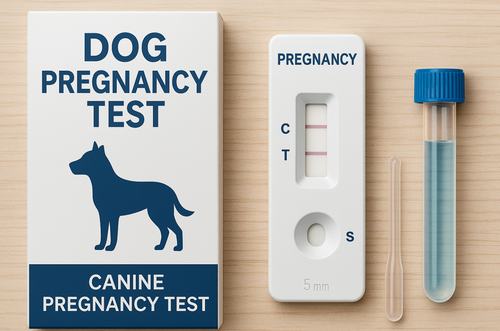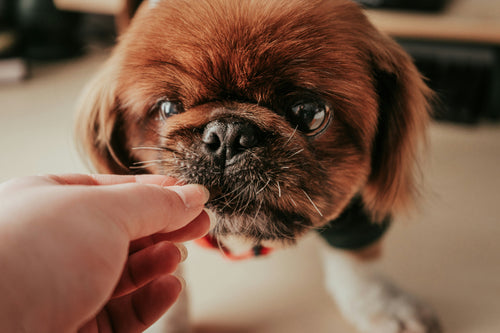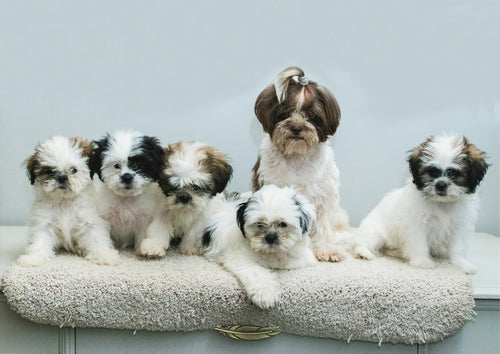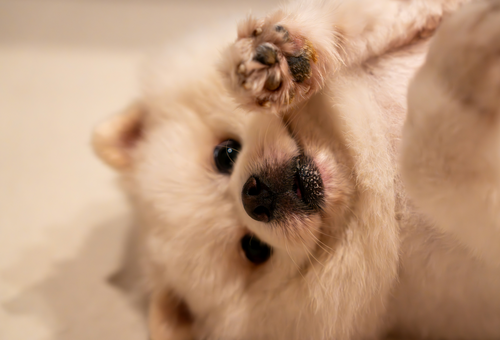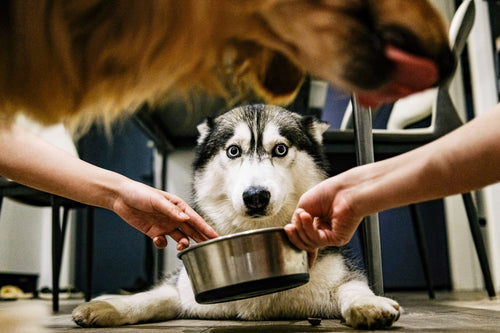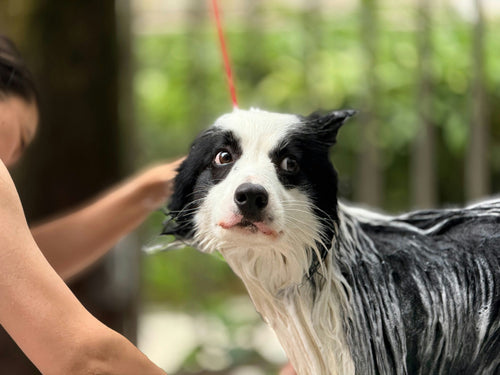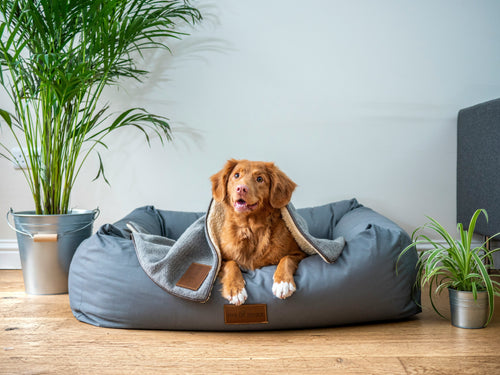We all know dogs can show immense love toward humans—but what about toward each other? Is love between dogs real, or is it just a projection of human emotions? Whether it’s two pups cuddling in the sun, grooming each other gently, or crying when separated, many dog owners swear by the emotional bond that dogs can share.
Let’s explore what science, behaviourists, and real-life stories say about the love between dogs, and how to recognize (and encourage) that bond.
🐶 Do Dogs Feel Love?
Before diving into love between dogs, we need to ask: Can dogs feel love at all? ANother question people often ask is Does my dog love me?
According to neuroscientists and veterinarians, yes—they can. Dogs have the same brain structures as humans that are responsible for emotions. They produce oxytocin, the hormone linked to bonding and affection, when interacting with their owners or fellow dogs.
In fact, a study at Emory University showed that dogs experience positive emotions when they smell familiar humans and dogs. Their brains light up in the same areas associated with pleasure and love.
❤️ What Does Love Between Dogs Look Like?

Dogs don’t express affection with flowers or romantic dinners. But they show their love between dogs in powerful, primal ways. Here are the most common signs:
1. Cuddling or Sleeping Together
If dogs sleep touching each other or cuddling, this is a major sign of trust and affection. Puppies naturally pile up for warmth and security, and adult dogs often maintain this behaviour with bonded partners.
2. Licking Each Other’s Faces
This goes beyond grooming—dogs lick those they’re emotionally connected to. It mimics early-life nurturing between puppies and mothers.
3. Playing Gently Together
Dogs that love each other often develop a unique play language. You might notice role-reversal (taking turns chasing or pretending to lose) and soft mouthing.
4. Seeking Each Other Out
Bonded dogs will look for their partner when separated. Some may whine, pace, or wait by the door. When reunited, their joy is often palpable.
5. Sharing Food, Toys, and Beds
Dogs don't naturally share well—so when they willingly let another dog eat first or snuggle their toy, that’s a sign of deep trust and connection.
6. Protective Behaviours
Some bonded dogs act protectively when their companion is threatened or nervous, especially in unfamiliar environments.
🧠 What Science Says About Dog Bonds

Veterinary behaviourists have a term for this: "canine attachment bonding." While not exactly the same as romantic human love, it’s a strong emotional connection built on trust, companionship, and mutual benefit.
In wild dog packs and among wolves (their ancestors), close social bonds help ensure survival. That instinct is still very much alive in our pets.
A 2015 study by the University of Tokyo found that dogs not only respond emotionally to their owners but also to other dogs—especially those they live with. Their oxytocin levels rose when spending time with known dogs, suggesting an emotional reward.
🐾 Real-Life Examples of Love Between Dogs

1. Adopted Best Friends
Shelters often observe bonded pairs that must be adopted together. Dogs that have lived side-by-side, like Bella and Bubbles (a bulldog and elephant!) at a sanctuary in the U.S., showed anxiety when separated and joy when reunited.
2. Grieving Dogs
Many owners report their dogs grieving when a furry sibling passes away. Signs include loss of appetite, whining, and lack of interest in play—proof of a deep emotional loss.
3. Canine Co-Parents
Mated dogs raising puppies together can form close bonds. Males may lick the pups, share the nest, and even groom the mother—evidence of care beyond instinct.
Suggested Product:
Automatic Ball Thrower for Dogs
🐕 Does Every Dog Form Bonds with Other Dogs?
Not always.
-
Socialization: Dogs that are well-socialized from puppyhood are more likely to bond with other dogs.
-
Temperament: Just like people, some dogs are introverted or selective in who they trust.
-
Past Trauma: Rescue dogs may be hesitant due to bad experiences but can still bond deeply with time.
That said, most dogs are pack-oriented by nature and will seek connection when given the chance.
💡 How to Strengthen the Love Between Dogs

If you’re raising two or more dogs, you can encourage bonding by creating the right environment:
-
Positive shared experiences: Go on walks together, play group games like fetch or tug-of-war.
-
Avoid jealousy: Feed separately, give equal attention, and respect each dog’s space.
-
Encourage rest together: Cozy shared beds or overlapping resting spots promote trust.
-
Observe for imbalance: Make sure one dog isn’t bullying or dominating the other—affection must go both ways.
🛑 When Dogs Don’t Get Along
Unfortunately, not all dogs feel the love. If there’s tension:
-
Introduce slowly: Especially with adult dogs or rescues.
-
Use neutral territory: Walk side-by-side before letting them share a home.
-
Watch body language: Growling, stiff posture, or avoidance can signal issues.
-
Consult a trainer or behaviourist: Don’t force dogs into close quarters if they aren’t ready.
📖 Final Thoughts: The Beauty of Love Between Dogs
So, is love between dogs real? The answer is a resounding yes—just not in the way humans define it. Dogs don’t write poetry or hold hands, but they form deep, loyal bonds built on trust, care, and emotional connection.
As pet owners, witnessing this bond between our furry companions is one of the most rewarding things we can experience. And just like human relationships, it’s built over time, through shared experience, mutual respect, and plenty of tail wags.
So next time you see your pups curled up together or gently playing, know this: you're watching canine love in action.





